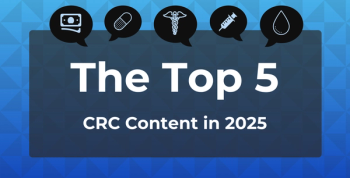
"Happy Meal" Study Gives New Life to NYC Council Proposal
NYU researchers find most meals aimed at kids wouldn't meet restrictions on calories, fat, and salt.
A recent study by researchers at NYU Langone Medical Center found that revamping popular kids’ fast food meals could cut their calories by nearly 10% and limit their salt and far content.
The study, which appeared in early August in the American Journal of Preventive Medicine, has breathed new life into a 2014 proposal to combat childhood obesity that is before the New York City Council. The “Healthy Happy Meals” bill is based on ordinances in California that regulated the content of fast food meals aimed at children.
The premise of the law is simple: kids will eat the healthier food because it is sold with a toy. Yet most of the meals sold in the New York City area would not meet the requirements of the proposed ordinance, according to the NYU study.
The study involved food purchases made for 422 children by 358 adults across the New York City and Northern New Jersey metropolitan area in 2013 and 2014. The food was sold from restaurant chains that use toys to market meals to children. Adult purchasers provided receipts and completed surveys to verify meal purchases and the specific items.
Researchers calculated the calorie, fat, salt, and sugar levels in each meal and the percentage of meals that would be ineligible for a toy purchase after the intervention, which would be the restrictions proposed by New York City.
The results found that 35% of the children ate a combination meal, which included a sandwich/main course, a side, and a drink. Of these 98% would not meet the nutrition criteria for at least 1 nutrient: 51% exceeded the limit for calories, 55% for sodium, 78% for fat, 14% for saturated fat, and 49% for sugar.
If all the combination meals met the criteria, there would be a 9% reduction in calories (54 calories) for those who had a combination meal and a 3% reduction in calories for all children. For those who chose a combination meal, there would be a 10% reduction in sodium (83 mg) and a 10% reduction in fat.
New York City’s proposal would require meals marketed to children with a toy have the following limits: 500 calories, up to 35% of calories from fat, up to 10% of calories from saturated fats, up to 10% of calories from sugars, up to 600 mg of sodium, and 1 serving of fruit, vegetable or whole grain.
The CDC has found that 1 in 6 children and adolescents are obese, and according to the US Department of Agriculture 25% of children’s caloric intake comes from food eaten away from the home.
San Francisco and Santa Clara enacted restricted on Happy Meals in 2011, but newspaper
Reference
Elbel B, Mijanovich T, Cantor J, Bragg MA. New York City “Healthy Happy Meals” Bill: potential impact on fast food purchases [published online August 6, 2015]. Am J Prevent Med. 2015; http://dx.doi.org/10.1016/j.amepre.2015.05.030
Newsletter
Stay ahead of policy, cost, and value—subscribe to AJMC for expert insights at the intersection of clinical care and health economics.







































